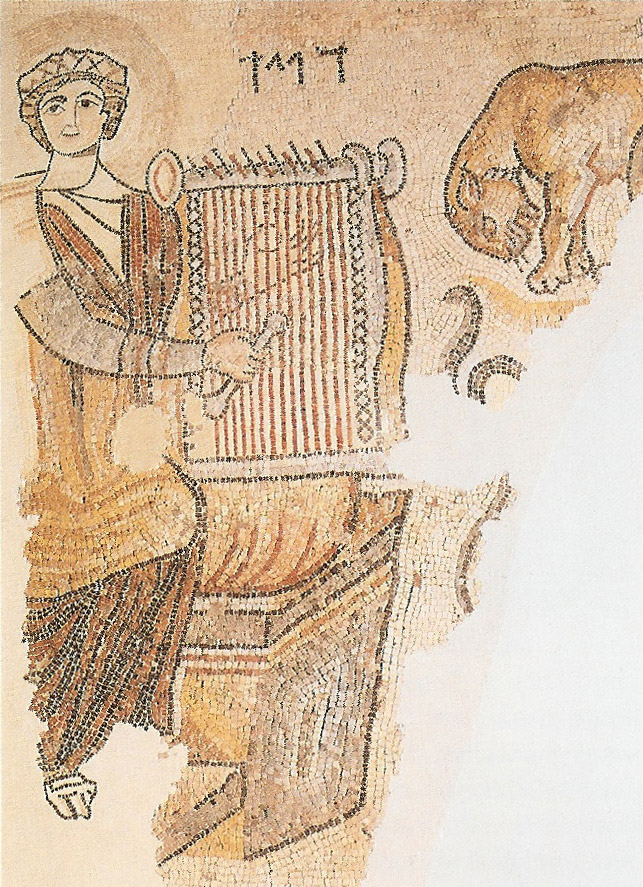In contrast to the strict interpretation of the Second Commandment in the Hellenistic and Early Roman periods that led to an almost complete avoidance of animal and human representations, from the third century on the attitude of Jews towards figurative art became much more liberal. The different reactions to the threat posed by the art of the majority culture, which is reflected in the expansion of the border in the Second Temple period as opposed to the expansion of the dynamic area in the early Byzantine period, call for an explanation. What changed the Jewish attitude towards art? The waning of paganism allowed for the more extensive use of figures drawn from Greco-Roman art, but the main reason for the change was the need to contend with the rising power of Christianity, which used art as an efficient tool for establishing its faith.
Which exhibit?
Page: Featured item
Short name for this entry
Jewish Art
Order on exhibit page
19
Turn off the details link on the exhibit page
Off
